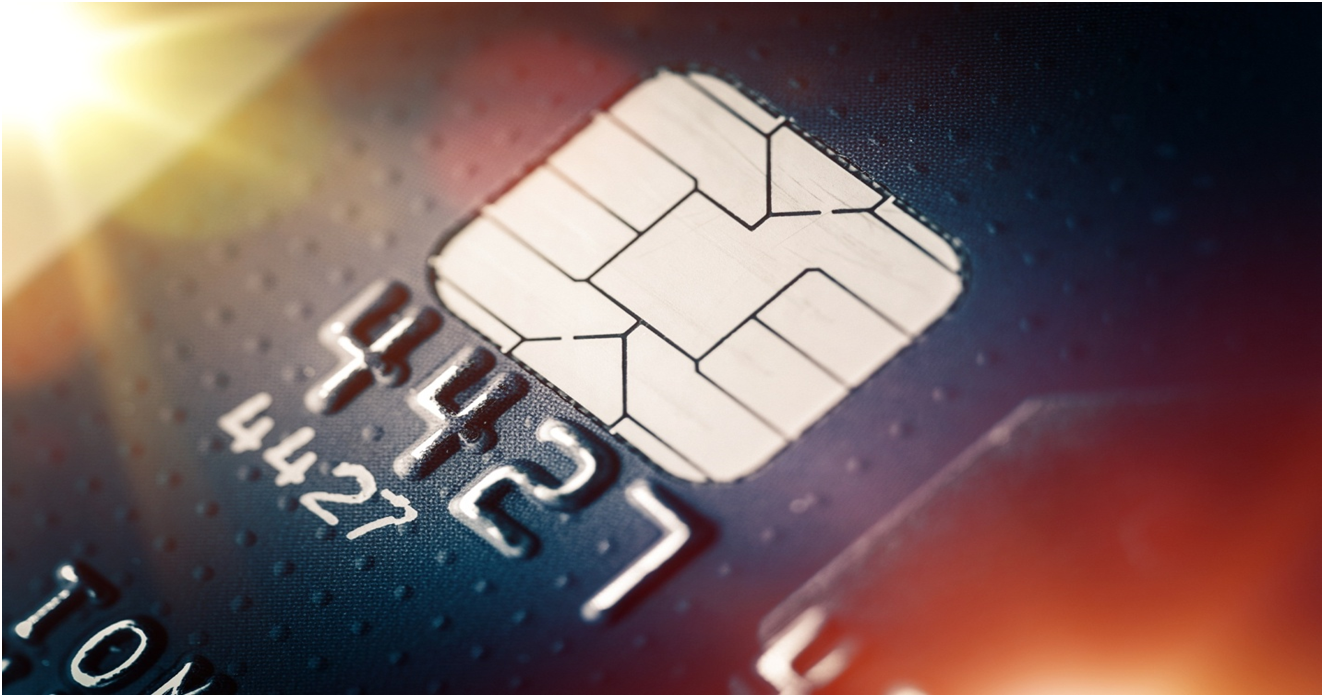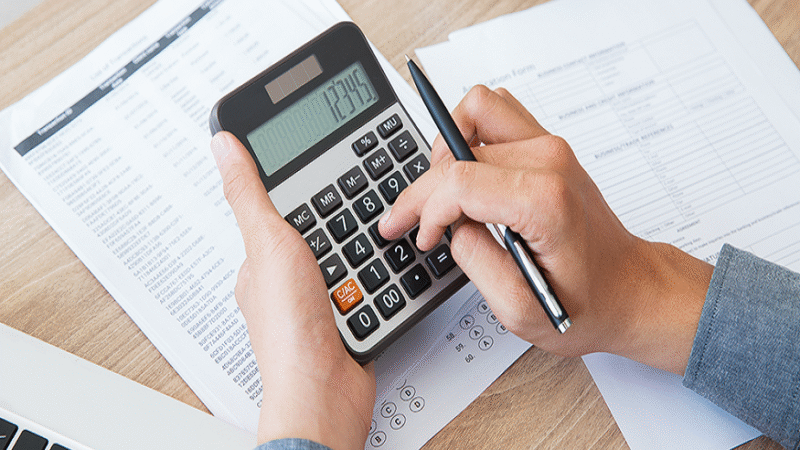The Chargeback Definition: Common Chargeback Problems

Did you know that 70 percent of people in the United States of America carry a credit card with them? Using a credit card is a great way to build up your credit score and finance things that you wish to purchase. Still, sometimes you’ll encounter a chargeback.
If you plan on carrying and using a credit card then it is important that you know the chargeback definition and that you understand how to do a chargeback. This is your avenue to getting your money back if you make a purchase that isn’t what you expected to get for your money.
The good news is that you’re in the perfect spot to learn about how do chargebacks work and what the chargeback time limit is for your purchases. Keep reading this article to learn more about common chargeback problems.
1. Items Aren’t As Described
One of the most common reasons for chargebacks is when customers get items that aren’t as they were described by the seller or the store. Perhaps the item got damaged during the transportation process or maybe it wasn’t the color that the buyer thought it would be when looking at pictures online. It could also be an issue with sizing that results in a chargeback.
2. Subscription Issues
Subscription issues are also a common cause of chargebacks that your company could face. Your customers will need to enter credit card information in order to subscribe to your services or access a free trial. Many people forget to cancel their services which leads to their credit card getting charged.
Many people choose to dispute these charges rather than trying to work it out with the business that charged them. Avoid this if you don’t want to deal with deduction problems that come with it.
3. Innocent Mistakes
You’ll also encounter some chargebacks as a result of innocent mistakes on the part of your business. This results from a customer disputing a charge on accident when the purchase was a legitimate purchase by that customer. A great example of this is online gaming, where kids can make an in-game purchase that the parent isn’t aware of.
4. Dishonest Customers
In addition to the honest mistakes, there are customers that will try to cheat the system and dispute charges on purchases that they made and received the goods or services that they wanted. It can also occur when a consumer has buyer’s remorse after buying from you.
5. Card-Not-Present Fraud
Fraudsters are another big cause of chargebacks that you’ll experience as a business owner. These types of chargebacks happen when fraudsters get ahold of someone else’s financial information and they use it to make purchases. The cardholder will then notice that fraud has occurred with their credit card and reach out to their bank to notify them.
Now You Know the Chargeback Definition for Your Business
Knowing the chargeback definition is important for understanding what does chargeback mean and when chargeback fraud is occurring. Knowing these things will make running your business much easier and prevent unnecessary losses.
For more helpful articles, check out our website today.






